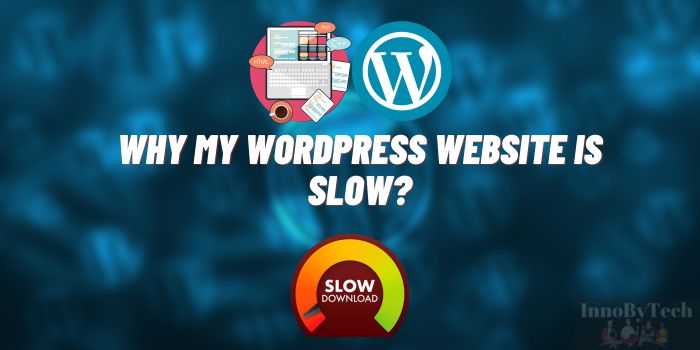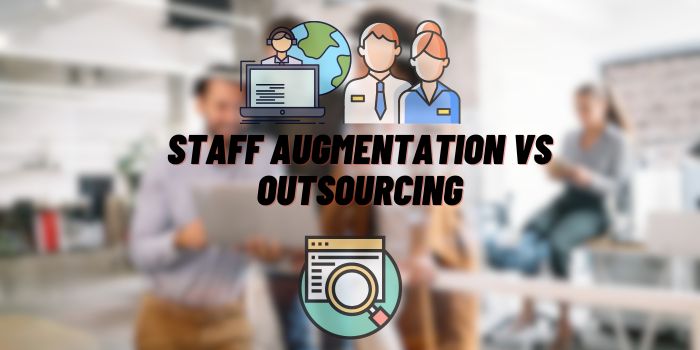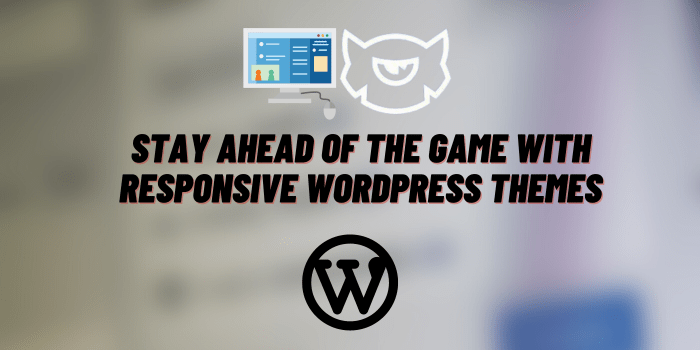Why My WordPress Website Is Slow? – Guide for Webmasters
In today’s digital landscape, website speed is paramount for providing an exceptional user experience and maintaining a competitive edge in search engine rankings. As one of the most popular content management systems (CMS), WordPress powers millions of websites worldwide. However, it’s not uncommon for WordPress website owners to encounter sluggish performance, leading to frustration for both users and webmasters alike. This comprehensive guide will explore the common reasons behind slow WordPress websites and provide actionable solutions to help you optimize your site’s speed.
Website Speed: Basic Moments

Website speed refers to the amount of time it takes for a web page to load fully in a user’s browser. A faster website not only enhances the overall user experience but also directly impacts search engine optimization (SEO) efforts. Search engines like Google prioritize websites that provide a seamless browsing experience, favoring those with faster load times in their rankings.
To assess your WordPress website’s speed, you can leverage tools like Google PageSpeed Insights, GTmetrix, or Pingdom. These tools analyze various performance metrics and provide valuable insights and recommendations for improving your site’s speed.
Common Reasons for Slow WordPress Websites
Sluggish WordPress website performance can be attributed to various factors, ranging from hosting limitations to poorly optimized media files. Here are some of the most common culprits:
Poor Hosting Performance
The hosting provider you choose plays a crucial role in your website’s speed. Shared hosting plans, while cost-effective, often come with limited resources and can lead to slower performance as multiple websites compete for the same server resources. Upgrading to a Virtual Private Server (VPS) or dedicated server can significantly improve your site’s speed by allocating dedicated resources exclusively for your website.
Unoptimized Images
High-resolution images with large file sizes can significantly impact page load times. WordPress offers various plugins and tools for image optimization, such as Smush or Imagify, which can compress and resize images without compromising quality. Implementing lazy loading, which defers the loading of images until they are visible on the user’s screen, can also contribute to faster load times.
Excessive Plugin Use
While plugins extend the functionality of your WordPress website, using too many or poorly coded plugins can cause performance issues. It’s essential to identify and remove any unnecessary plugins and periodically review your installed plugins for potential conflicts or performance bottlenecks. Always choose reputable plugins from trusted sources and keep them updated to ensure optimal performance.
Outdated WordPress Core, Themes, and Plugins
Neglecting to update the WordPress core, themes, and plugins can lead to security vulnerabilities and performance degradation. Outdated software often lacks the latest performance optimizations and bug fixes. Regularly updating your WordPress installation, themes, and plugins can help mitigate these issues and improve overall website speed.
Overloaded Database
Over time, your WordPress database can accumulate a significant amount of unnecessary data, such as post revisions, expired transients, and orphaned data. This clutter can slow down database queries and negatively impact your website’s performance. Utilizing plugins like WP-Optimize or WP-Sweep can help clean up and optimize your database, leading to improved speed.
Not Using Caching
Caching is a powerful technique that stores static versions of your web pages, reducing the need to generate them dynamically for every visitor. By implementing caching mechanisms, you can significantly enhance your website’s speed. Popular caching plugins for WordPress include W3 Total Cache, WP Rocket, and WP Super Cache.
Lack of Content Delivery Network (CDN)
A Content Delivery Network (CDN) is a network of servers distributed across various geographic locations. By serving website assets (such as images, CSS, and JavaScript files) from a server closest to the user, a CDN can dramatically improve load times, especially for visitors from different regions. Services like Cloudflare, StackPath, and Bunny CDN integrate seamlessly with WordPress.
Poorly Coded Themes and Plugins
Poorly coded themes and plugins can significantly impact your website’s performance. These issues often stem from inefficient coding practices, lack of optimization, and compatibility issues. When choosing themes and plugins, prioritize options from reputable sources with active development and positive user reviews.
Advanced Tips for Speed Optimization
While addressing the aforementioned common issues can significantly improve your WordPress website’s speed, you can take additional steps to further optimize performance:
Implement advanced caching mechanisms, such as object caching, which stores database query results in memory for faster retrieval.
Minimize HTTP requests and reduce file sizes by leveraging techniques like CSS and JavaScript minification.
Leverage browser caching by configuring appropriate caching headers to store static assets locally on the user’s device.
Optimize WordPress database performance by running routine database maintenance tasks, such as removing redundant data and optimizing tables.
Set up lazy loading for images and videos to defer their loading until they are visible on the user’s screen, reducing initial page load times.
Monitoring and Maintaining Website Speed
Maintaining optimal website speed is an ongoing process. Regularly monitoring your website’s performance using tools like Google Analytics, Google Search Console, and hosting-specific monitoring solutions can help identify potential issues before they escalate.
Additionally, implementing a regular maintenance schedule is crucial. This can include tasks like:
Keeping WordPress, themes, and plugins up to date.
Clearing cached data and purging outdated caches.
Optimizing database tables and removing unnecessary data.
Conducting performance audits and implementing recommended optimizations.
Services like Host-Tracker provide comprehensive website monitoring and performance testing tools, allowing you to stay on top of your website’s speed and identify potential bottlenecks proactively.
Conclusion
A slow WordPress website can negatively impact user experience, conversion rates, and search engine rankings. By understanding the common causes of sluggish performance and implementing the solutions outlined in this guide, you can optimize your website’s speed and provide a seamless browsing experience for your visitors.
Remember, website speed optimization is an ongoing process. Regularly auditing and optimizing your WordPress website’s performance will not only improve user satisfaction but also contribute to better search engine visibility and overall business success.






